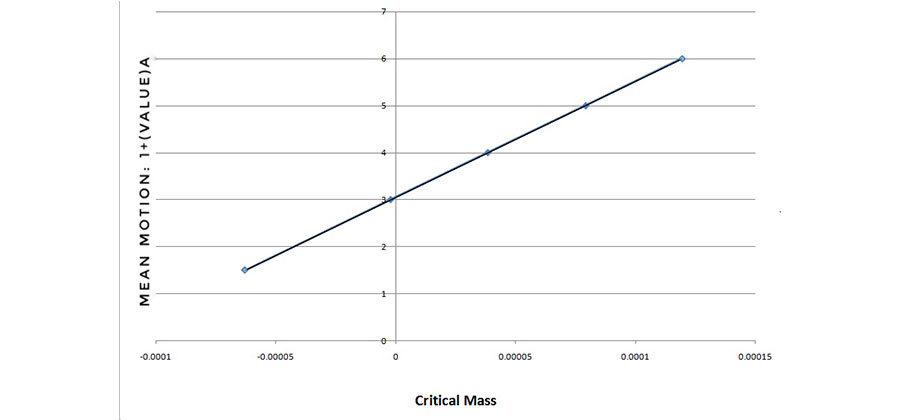


Indian Journal of Science and Technology
Year: 2020, Volume: 13, Issue: 16, Pages: 1630-1640
Original Article
Ritesh Arohan1∗, Ram Krishan Sharma1
1 Department of Aerospace Engineering, Karunya Institute of Technology and Sciences, Coimbatore, 641114, Tamil Nadu, India
∗Corresponding author
Ritesh Arohan
Department of Aerospace Engineering, Karunya Institute of Technology and Sciences, Coimbatore, 641114, Tamil Nadu, India
Email: [email protected]
Received Date:25 April 2020, Accepted Date:11 May 2020, Published Date:08 June 2020
Background/Objectives: This study deals wit h the stationary solutions of the planar circular restricted three-body problem when the more massive primary is a source of radiation and the smaller primary is an oblate spheroid with its equatorial plane coincident with the plane of motion. The objective is to study the location of the Lagrangian points and to find the values of critical mass. Also, to study the periodic orbits around the Lagrangian points. Methods: A new mean motion expression by including the secular perturbation due to oblateness utilized by(1,2) is used in the present studies. The characteristic roots are obtained by linearizing the equation of the motion around the Lagrangian points. Findings: The critical mass parameter µcrit(3,4) , which decreases radiation force, whereas it increases with oblateness when we consider the value of new mean motion. Through special choice of initial conditions, retrograde elliptical periodic orbits exist for the case µ = µcrit, whose eccentricity increases with oblateness and decreases with radiation force for non-zero oblateness, although there is slight variation in L2 location.
Keywords: Restricted three body problem; Lagrangian points; Eccentricity; Oblateness; Critical mass; Radiation force; Mean motion.
© 2020 Arohan, Sharma. This is an open access article distributed under the terms of the Creative Commons Attribution License, which permits unrestricted use, distribution, and reproduction in any medium, provided the original author and source are credited.
Published By Indian Society for Education and Environment (iSee)
Subscribe now for latest articles and news.